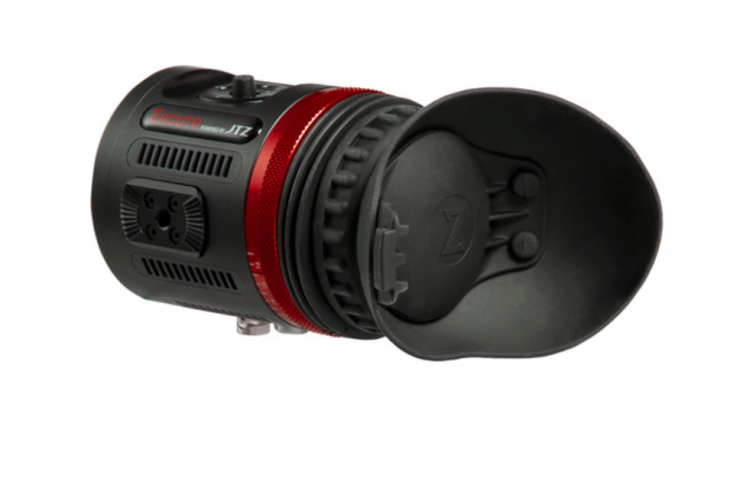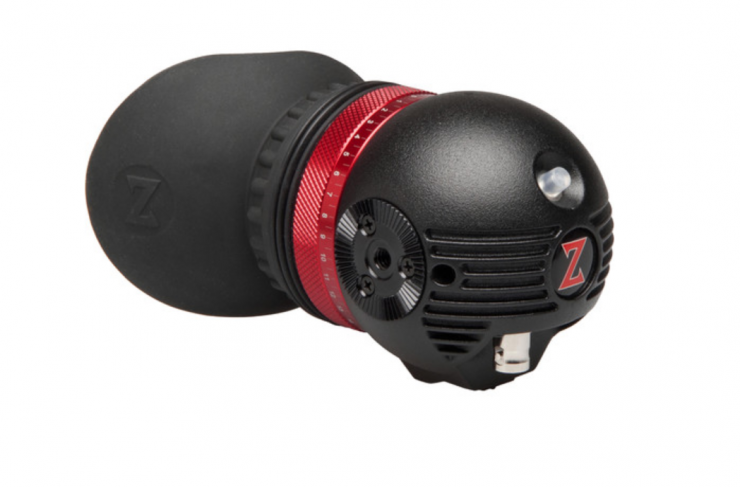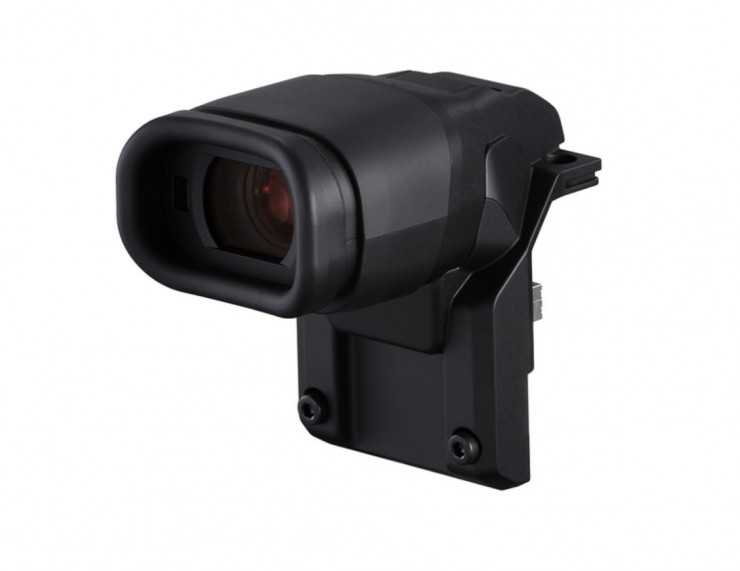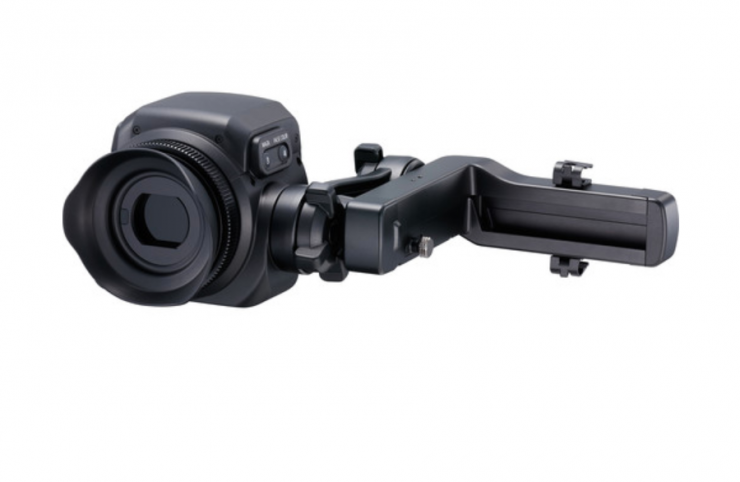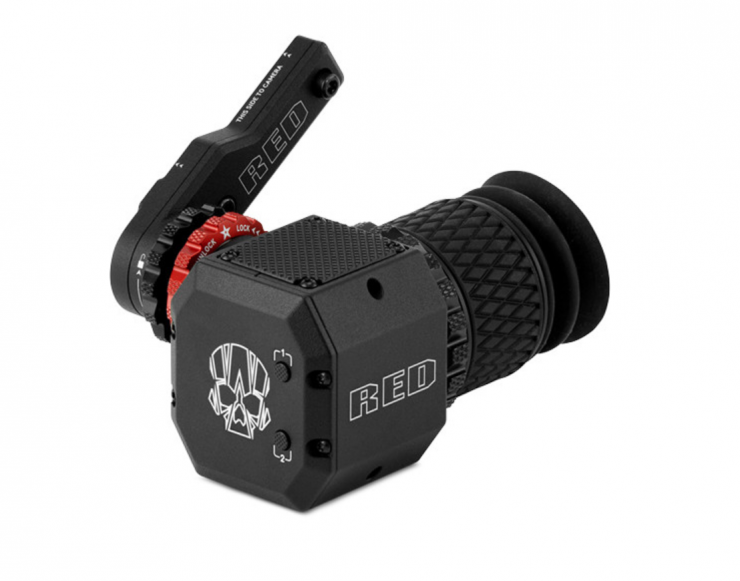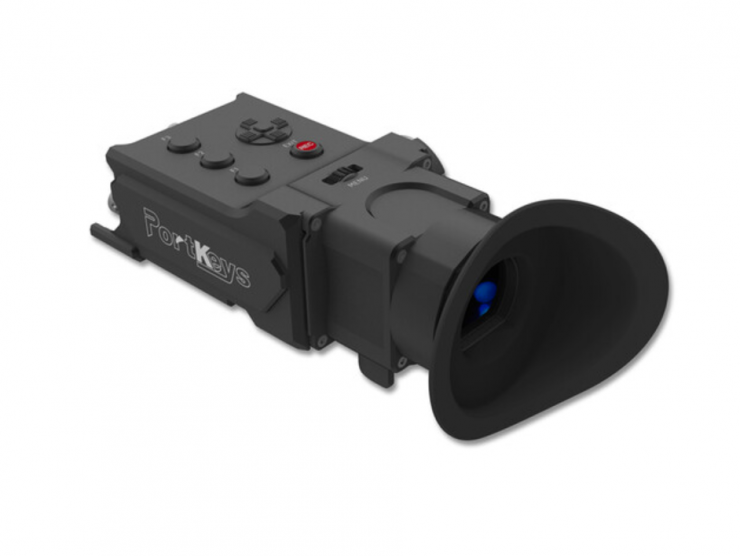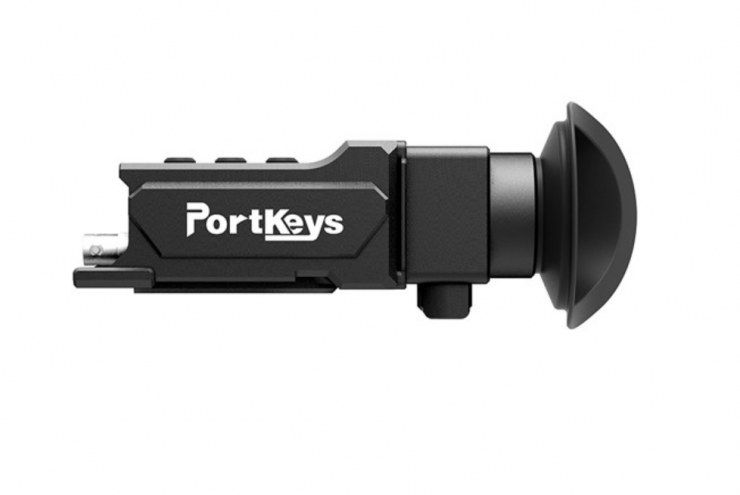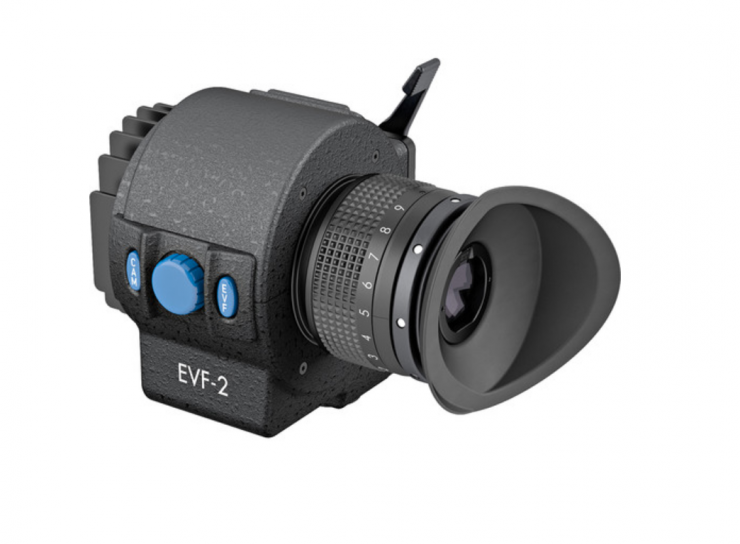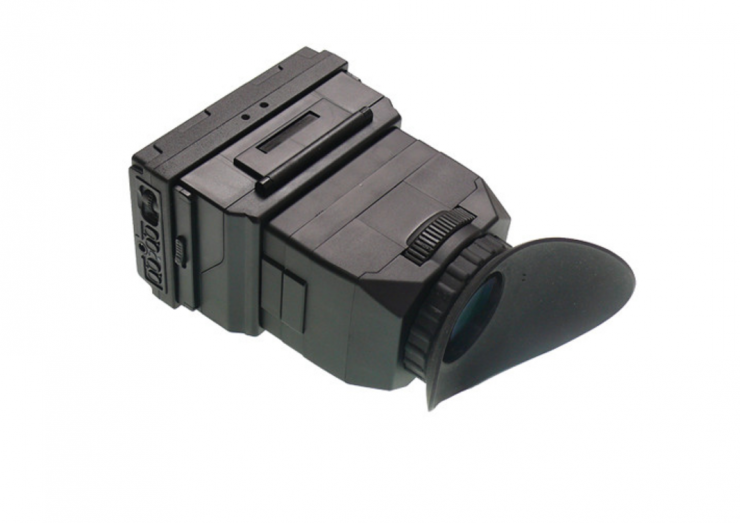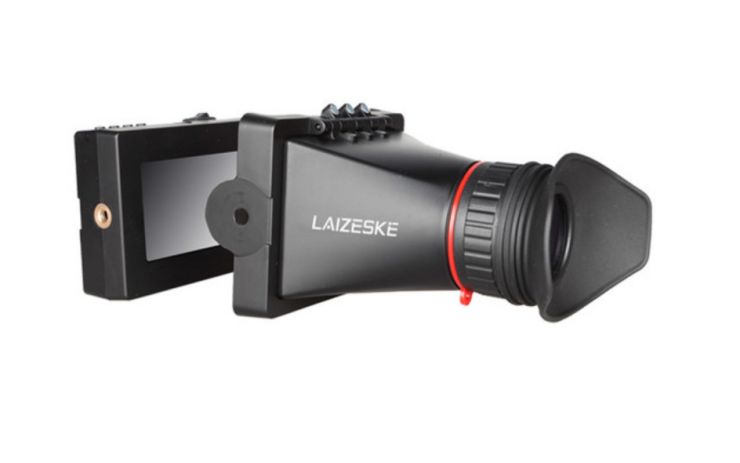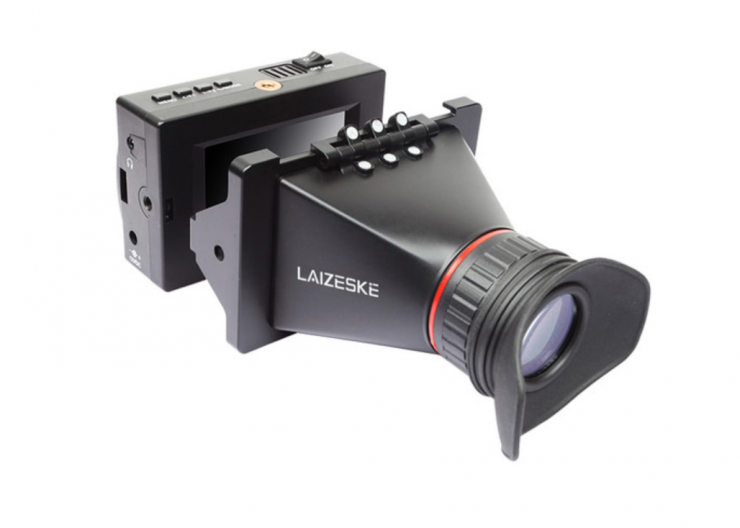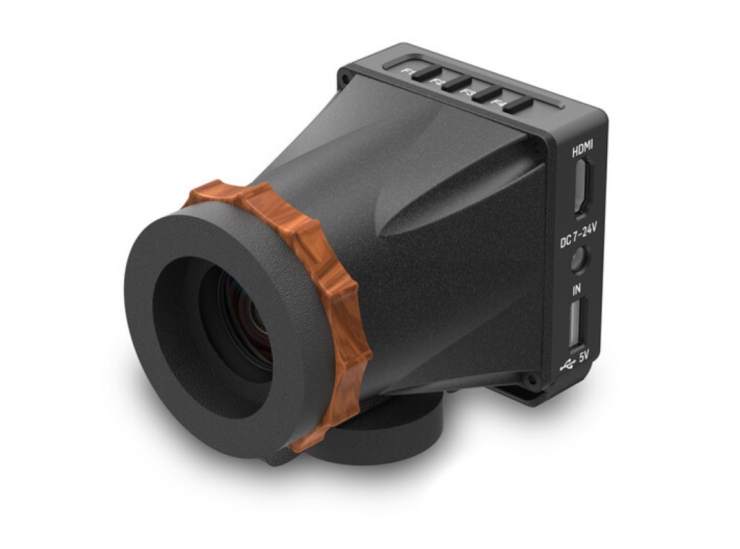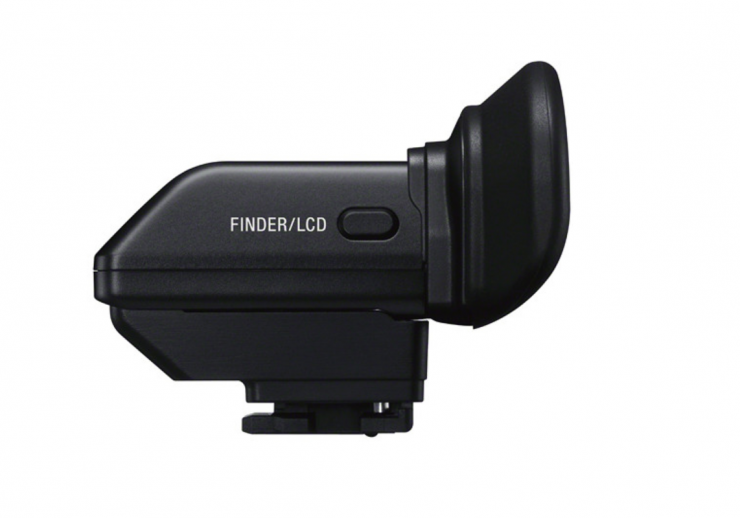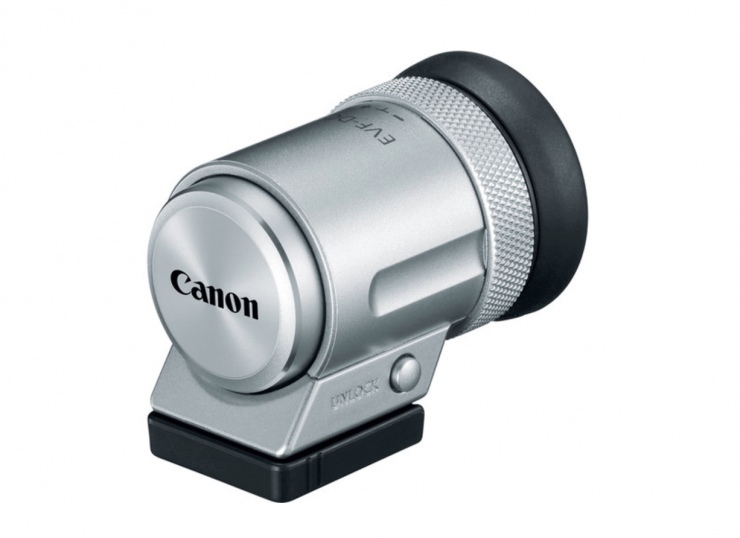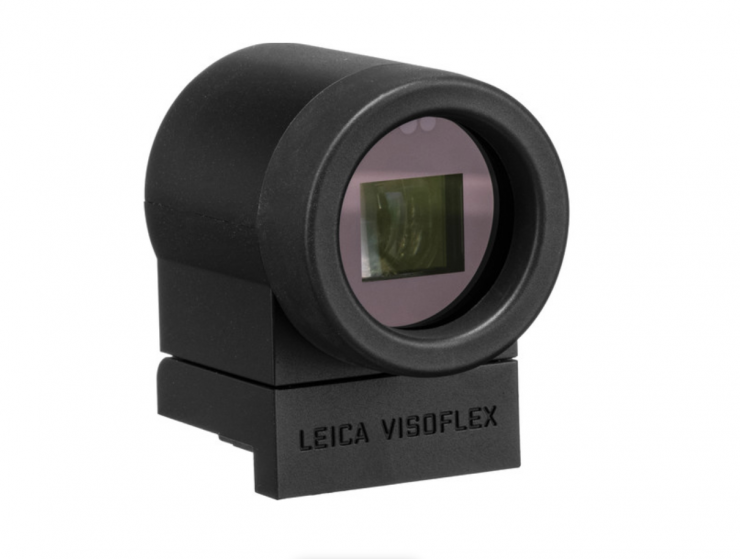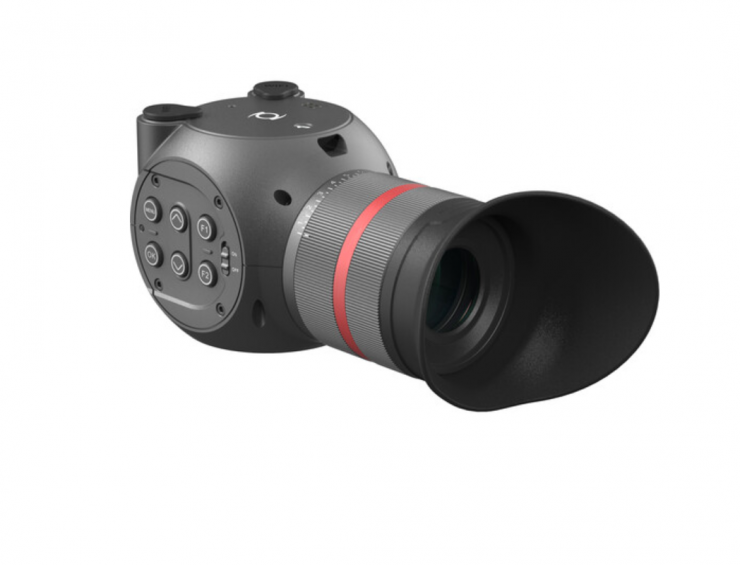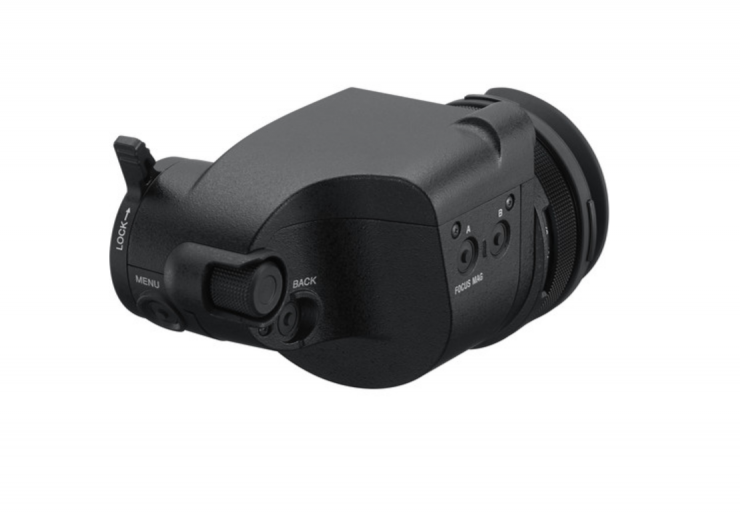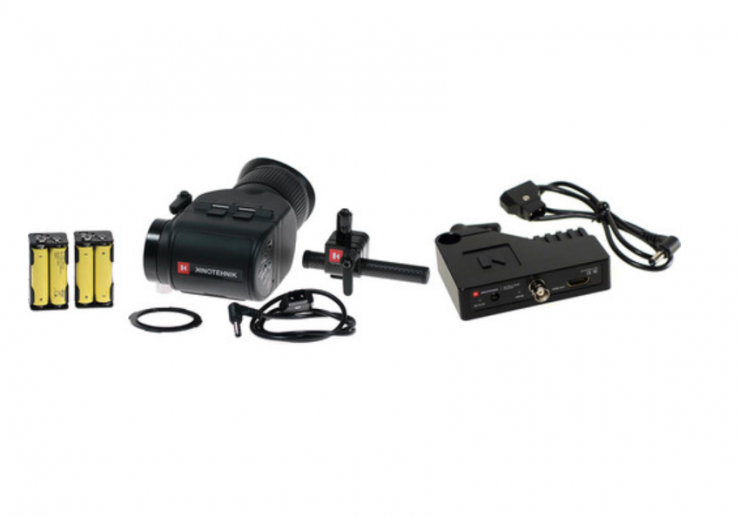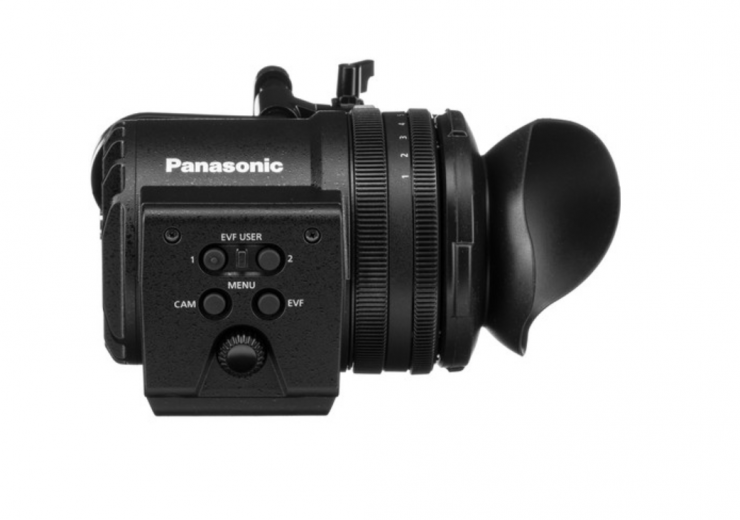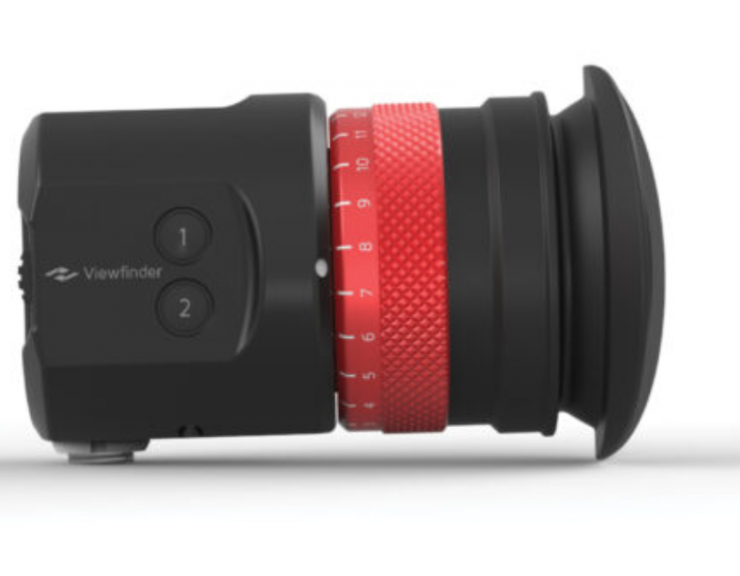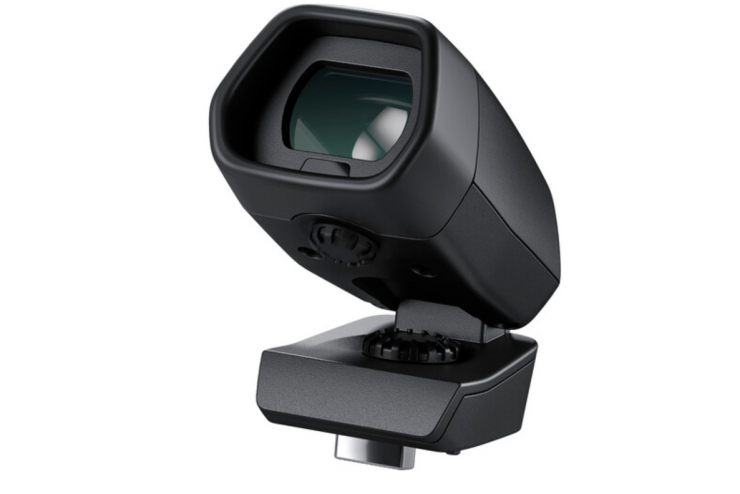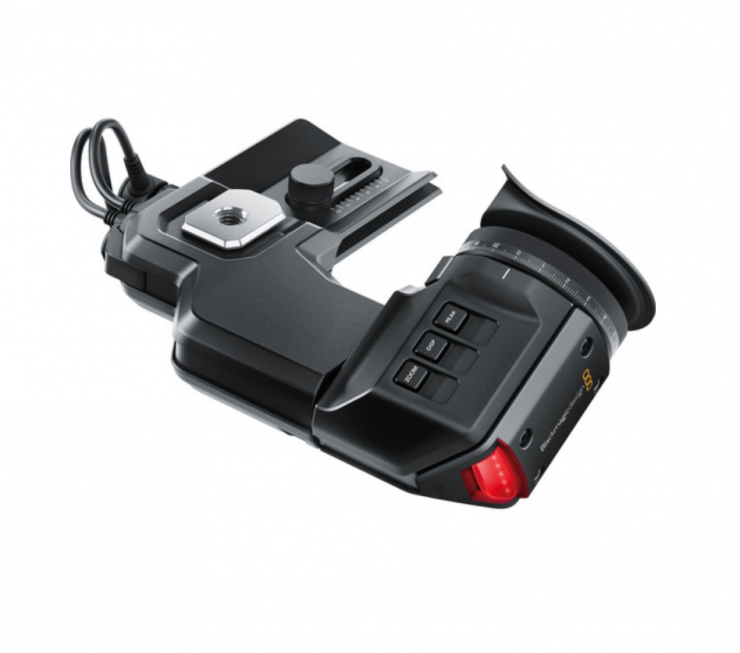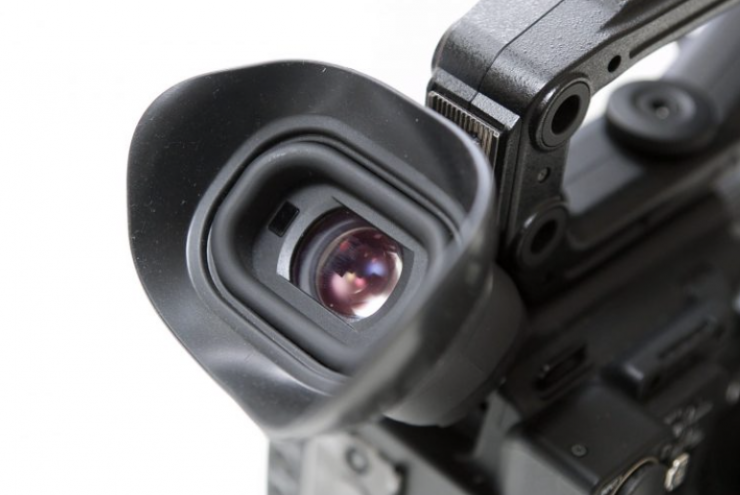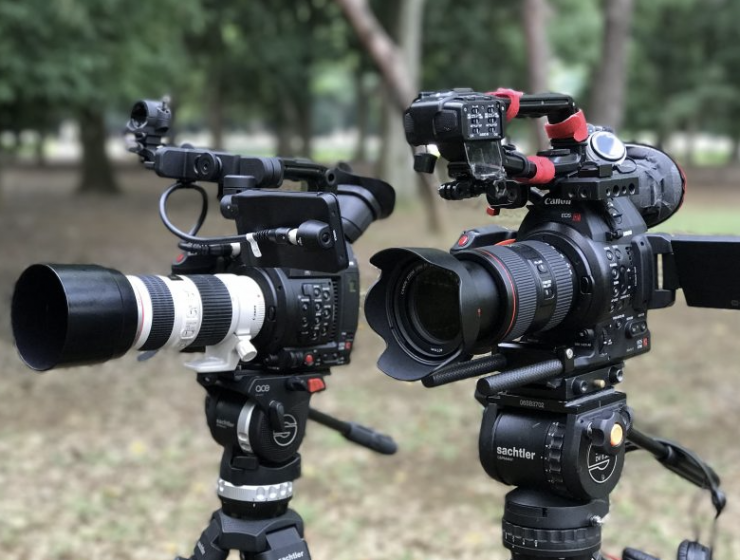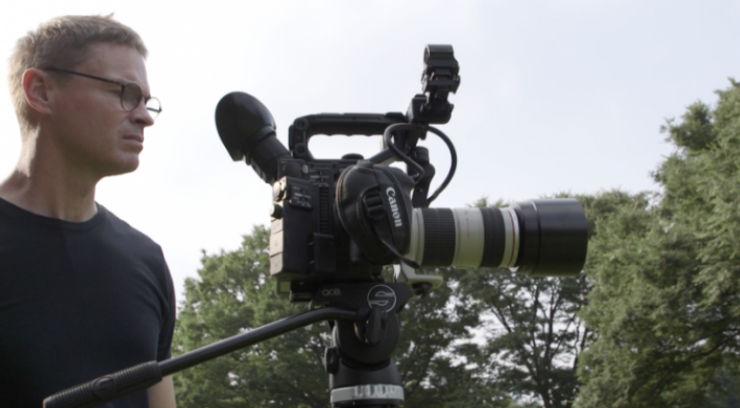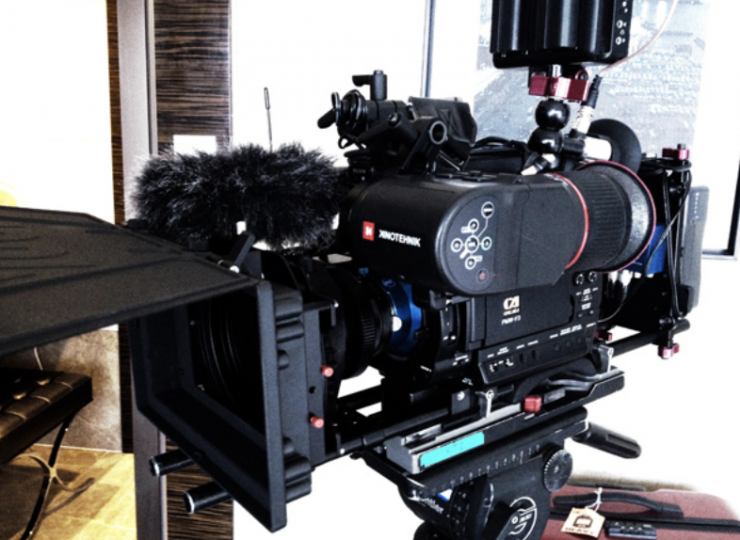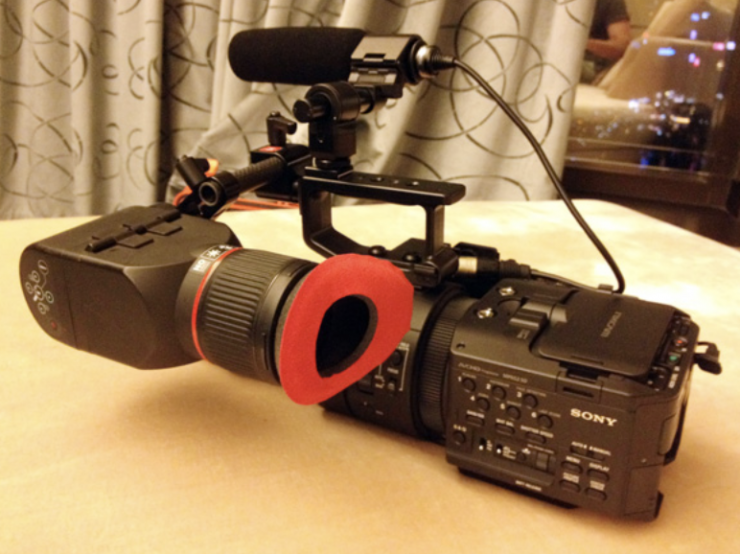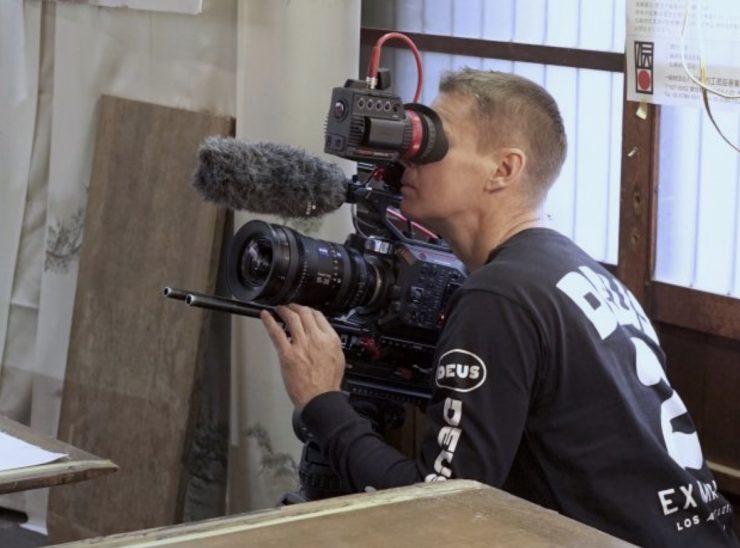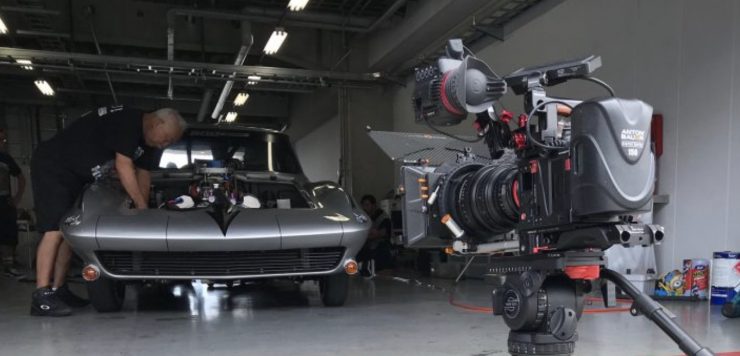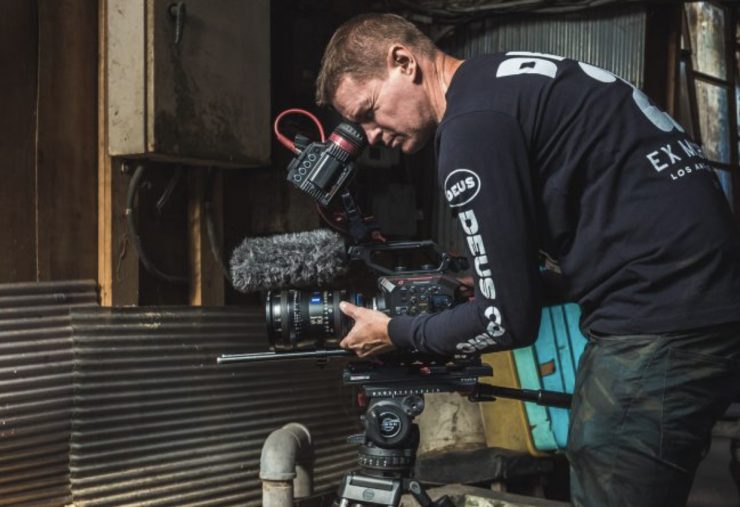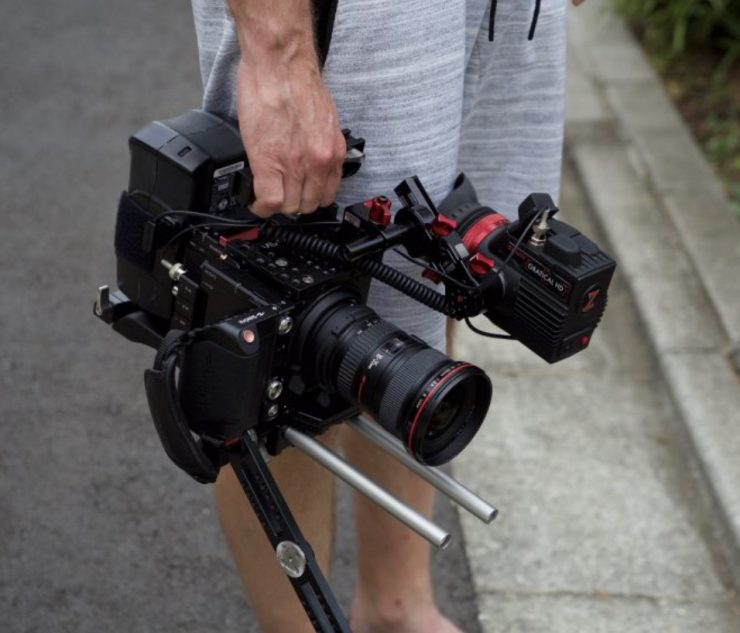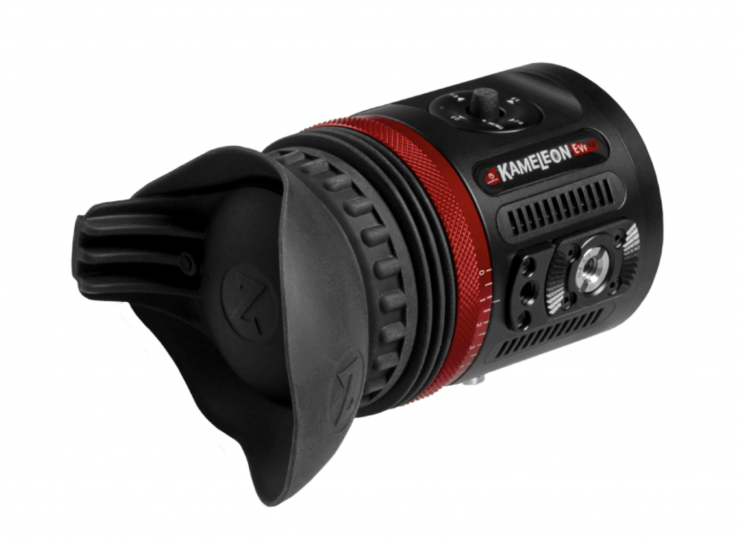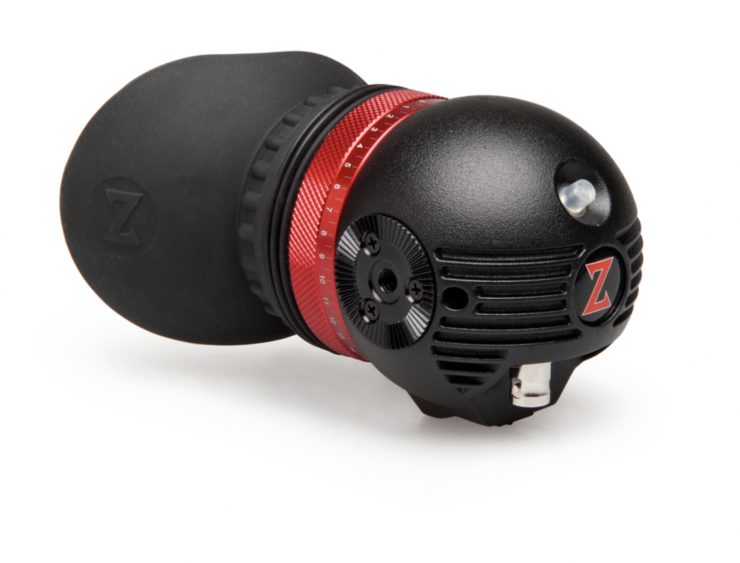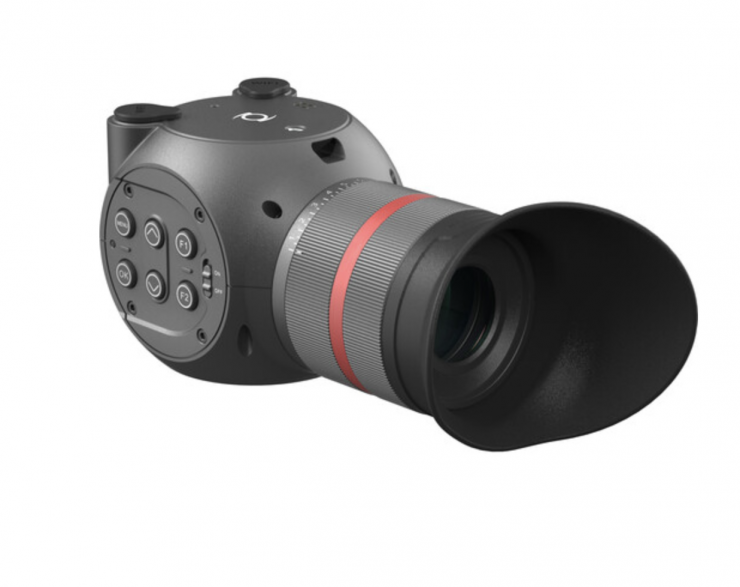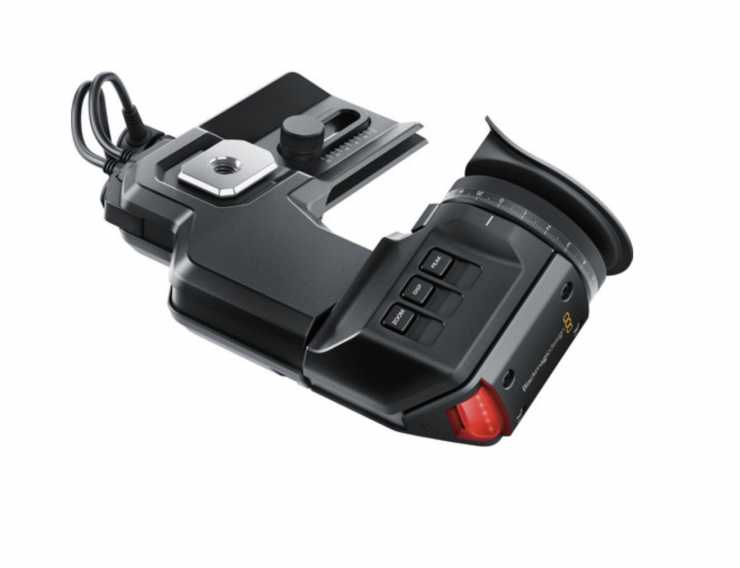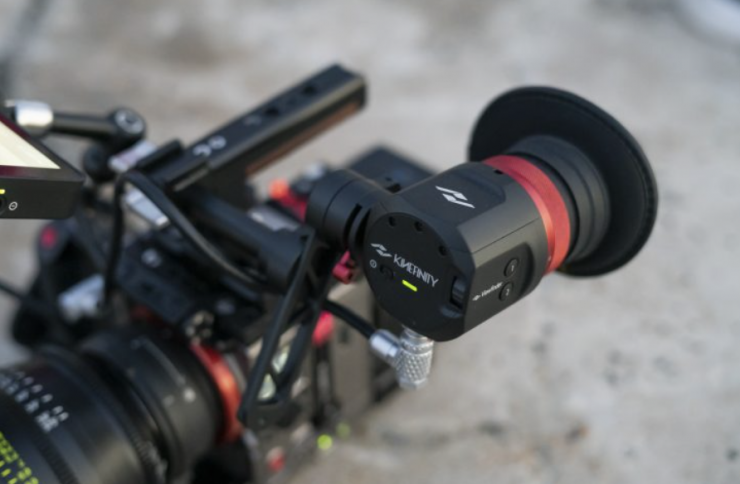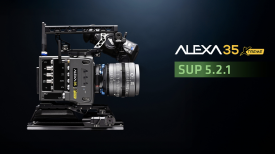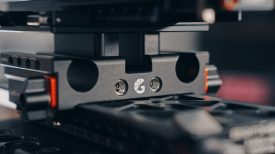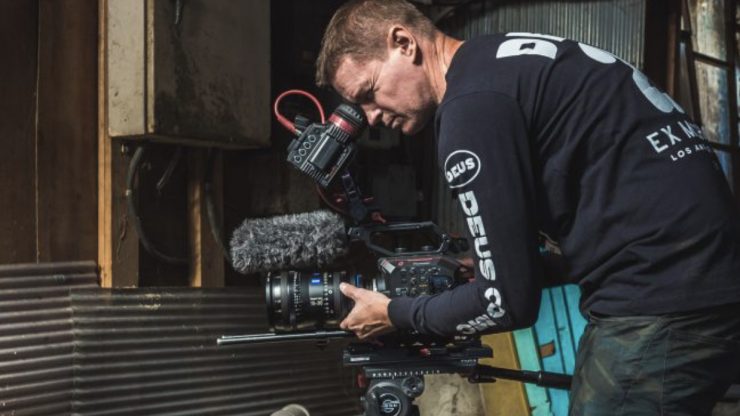
EVFs and optical viewfinders have been a crucial part of any camera system since the camera was invented.
A lot of camera manufacturers have started to move away from including or even making EVFs. There are lots of reasons why. Some of these reasons presumably range from:
- They are often not suitable for use with smaller sized cameras
- Cameras have become increasingly more modular
- The style in which some people are shooting no longer requires an EVF
- More affordable EVFs require power and a signal input from multiple cables
I often get lots of questions regarding EVFs. Why doesn’t this camera have one? Why aren’t there more affordable EVFs? Why are EVFs so expensive?
I have always used an EVF when shooting and I always will. I still find it the best way to judge exposure, focus, and composition. My eyes are not as good as they once were and I can not use a small-sized LCD screen that comes on a lot of cameras.
Choices
EVF choices are extremely limited. If you compare monitors to EVFs there are lots of options to choose from. With an EVF you either have to buy a proprietary model that only works with one or a couple of cameras from that same manufacturer, or you choose an EVF that can be used on any camera that has an HDMI or SDI output.
There are caveats with going in either direction. Below you can see most of the options that are currently available.
- Zacuto Kameleon EVF Pro $1,950.00 USD
- Zacuto Gratical Eye Micro OLED EVF $1,450.00 USD
- Zacuto ACT EVF Pro $499.00 USD
- Canon EVF-V50 OLED Viewfinder for C500 Mark II $699.00 USD
- Canon EVF-V70 OLED Viewfinder for C700 $3,999.00 USD
- RED DIGITAL CINEMA DSMC2 OLED EVF with Mount Pack $4,150.00 USD
- PORTKEYS OEYE 4K 3G-SDI/HDMI EVF with RED Camera Menu Control $1,399.00 USD
- PORTKEYS OEYE-3G Electronic Viewfinder $899.00 USD
- ARRI ALEXA Electronic Viewfinder EVF-2 $7,770.00 USD
- Cineroid EVF4RVW with Retina Display $845.00 USD
- Laizeske 3.5″ HDMI LCD Electronic Viewfinder $259.00 USD
- Laizeske 3.5″ 3G-SDI & HDMI LCD Electronic Viewfinder $339.00 USD
- PORTKEYS LEYE 4K HDMI 2.4″ LCD Electronic Viewfinder $399.00 USD
- Sony FDA-EVM1K Electronic Viewfinder $448.00 USD
- Canon EVF-DC2 Electronic Viewfinder $195.88 USD
- Leica Visoflex (Typ 020) Electronic Viewfinder $635.00 USD
- Z CAM 2.89″ EVF101 Electronic Viewfinder $999.00 USD
- Sony DVF-EL200 Full HD OLED Viewfinder $5,220.00 USD
- Kinotehnik LCDVFECON Kit with Electronic Viewfinder & HD-SDI to HDMI Converter $1,178.00 USD
- Panasonic Electronic HD Color View Finder for VariCam LT $5,395.00 USD
- KineEVF Full-HD OLED Viewfinder $1,499.00 – $1,699.00 USD
- Blackmagic Design Pocket Cinema Camera Pro EVF for 6K Pro $495.00 USD
- Blackmagic Design URSA Viewfinder $1,495.00 USD
Now, if we break this list down into proprietary EVFs and ones that can be used on just about any camera this is what we find:
Proprietary
- Canon EVF-V70 OLED Viewfinder for C700
- Canon EVF-V50 OLED Viewfinder for C500 Mark II
- RED DIGITAL CINEMA DSMC2 OLED EVF with Mount Pack
- ARRI ALEXA Electronic Viewfinder EVF-2
- Sony FDA-EVM1K Electronic Viewfinder
- Canon EVF-DC2 Electronic Viewfinder
- Leica Visoflex (Typ 020) Electronic Viewfinder
- Sony FDA-EVM1K Electronic Viewfinder
- Panasonic Electronic HD Color View Finder for VariCam LT
- KineEVF Full-HD OLED Viewfinder
- Blackmagic Design Pocket Cinema Camera Pro EVF for 6K Pro
Proprietary EVFs tend to be expensive, but on the flip side, they have been specifically designed to work with a particular camera or cameras from that manufacturer. They are also a one-stop-shop where power and the video signal are sent over one cable. With a lot of these EVFs, you can also control operational aspects of the camera directly from that EVF.
Can be used on any camera (with an SDI or HDMI output)
- Zacuto Kameleon EVF Pro
- Zacuto Gratical Eye Micro OLED EVF
- Zacuto ACT EVF Pro
- PORTKEYS OEYE 4K 3G-SDI/HDMI EVF with RED Camera Menu Control
- PORTKEYS OEYE-3G Electronic Viewfinder
- Cineroid EVF4RVW with Retina Display
- Laizeske 3.5″ HDMI LCD Electronic Viewfinder
- Laizeske 3.5″ 3G-SDI & HDMI LCD Electronic Viewfinder
- PORTKEYS LEYE 4K HDMI 2.4″ LCD Electronic Viewfinder
- Z CAM 2.89″ EVF101 Electronic Viewfinder
- Kinotehnik LCDVFECON Kit with Electronic Viewfinder & HD-SDI to HDMI Converter
- Blackmagic Design URSA Viewfinder
What you need to be aware of is that with a lot of these third-party EVFs is that you need to be able to power them and run either an HDMI or SDI input.
You also need to work out how to mount that EVF to the camera. This often requires a bit of homework with any third-party EVF.
Using an EVF with a small-sized camera can be problematic

A lot of mirrorless cameras come standard with a built-in EVF. While this is great they are almost always fixed and therefore their usefulness is limited. You can only really use these types of EVFs if you are hand-holding the camera and have it right up against your eye. This makes it virtually useless when trying to shoot at a low angle or when you are using a camera on a tripod.
This design works perfectly well for taking still images, but it doesn’t work nearly as well for video.
A lot of smaller-sized digital cinema cameras and camcorders, at least up until recently, came with a rear-mounted EVF. With this type of design, you could normally move the EVF up, but not down. Again this severely limits its usability and if you wanted to use a rear in-built EVF like this you were forced to use the camera in a certain way or place it at a certain height on a tripod.
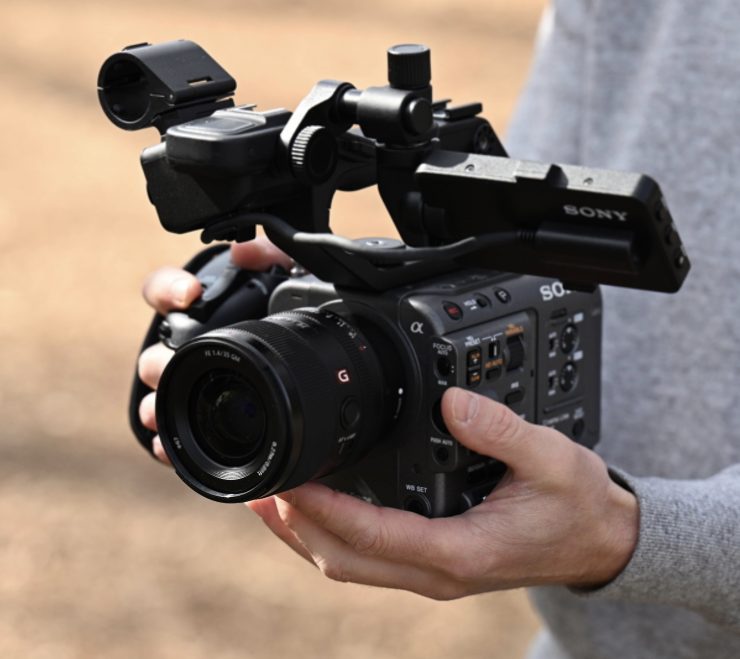
With cameras such as the C200B, Panasonic EVA1, Canon C70, Sony FX6, Sony FX3, and all of the BMPCC offerings there is no EVF. The main reason for this is that manufacturers will tell you that from their own market research people weren’t using rear EVFs. The main reason for this is probably because of where they were positioned and their lack of movement or adjustability.
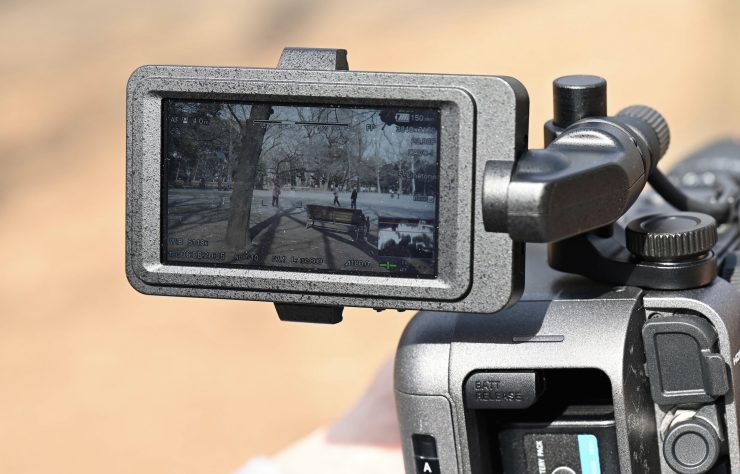
The problem with almost all of these cameras that don’t have an in-built EVF is that their LCD screens are not nearly bright enough to be seen correctly outdoors. They are also so small in size that you can’t see anything in any real detail.
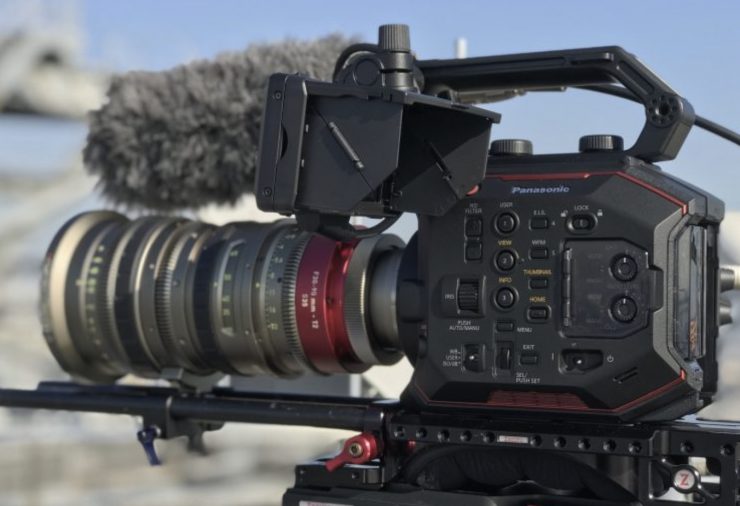
I have tried so many cameras that didn’t have an EVF of any kind and found them all to be completely unusable outdoors in a lot of situations. Everything from focus, to exposure, to composition, to color, has to be judged by what you are monitoring with. I personally can’t understand how so many people seem to be ok with getting all of this correct by looking at a tiny LCD monitor that you can’t see correctly outdoors when it is sunny. Are people actually ok with working this way or is that just what they are used to dining and they have become accustomed to working that way? I would love to hear everyone’s thoughts in the comment section.
So why don’t people just hook up an EVF to their camera to solve these issues?
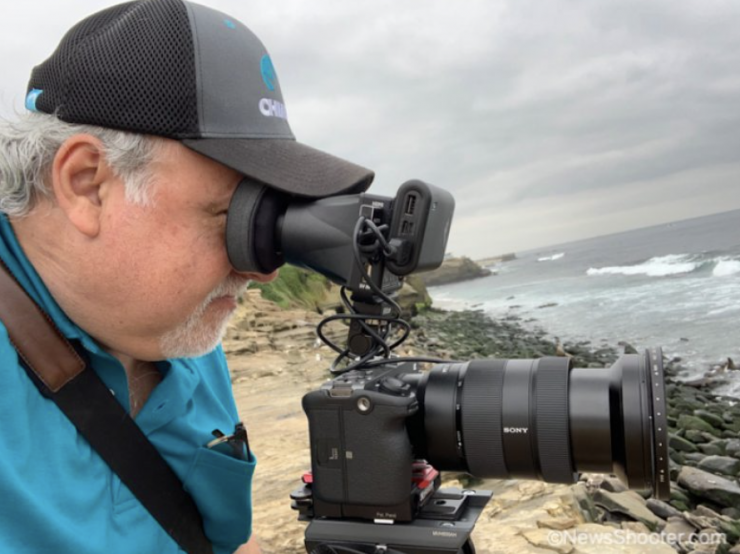
Well, as I previously mentioned in this article there are lots of reasons why this can be just as problematic as not using an EVF. The small size of a lot of cameras has made it harder to utilize a proper EVF that can be moved around positioned correctly depending on how you are shooting.
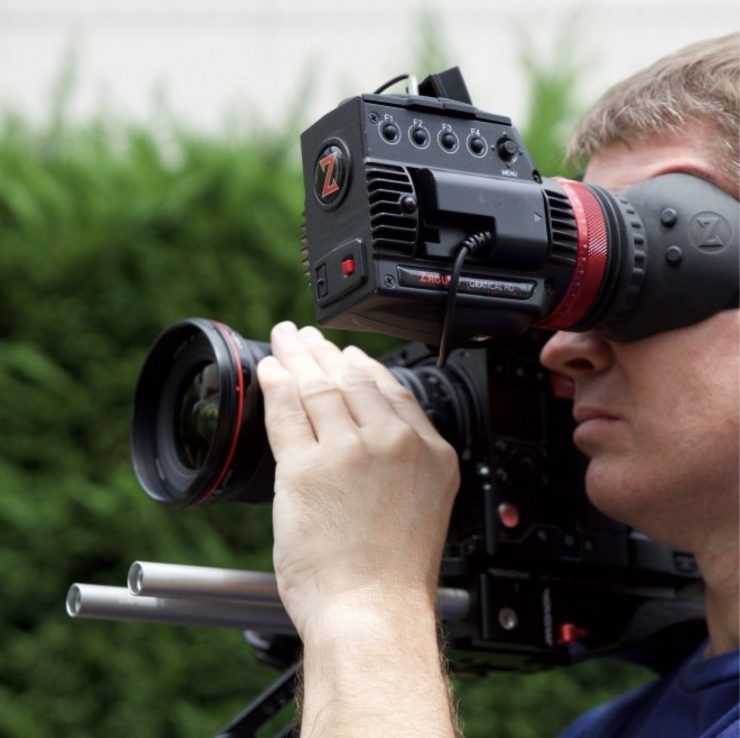
It isn’t necessarily a problem with the EVF itself, it is a problem with mounting it, powering it, and sending a video signal to it. By the time you do all of these things, you start down the frankenrig path. I am sure there are a lot of shooters out there who would gladly buy an EVF if it was easy to mount, didn’t take up too much space, and didn’t cost a small fortune.
Third-Party EVFs
I have always used EVFs with cameras, and that has presented its challenges over the years when using certain cameras. The first digital cinema camera I ever owned was the Sony F3 and I bought the Kinotehnic LCDVFe in 2012 to use with that camera. I also used it with the Sony FS700 as well. I loved using this EVF because it came with a clever mounting solution and you could power it with AA batteries. This meant you only had to hook up one cable to use it.
Now, both of the F3 and FS700 were mid-sized cameras so an EVF this size actually worked reasonably well, however, it wouldn’t work with a smaller sized camera.
The next EVF I bought was the Zacuto Gratical. I used this with the Sony F3, Panasonic EVA1, and Kinefinity MAVO 6K, but I haven’t used it with any other camera since. I still have it, but it doesn’t come out of the box that often.
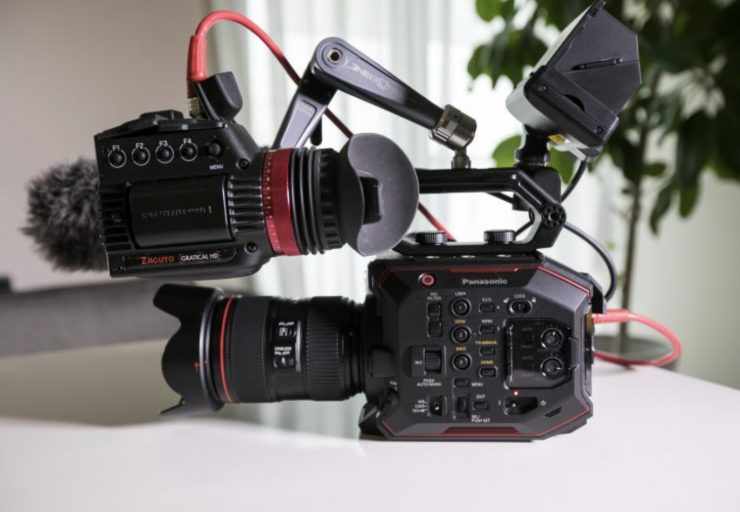
The gratical is a really nice EVF with a lot of features, but it is large, you need to power it from either a Canon battery or a dummy battery, you have to run either an HDMI or SDI cable to it, and it can be tricky to mount on some cameras. Above you can see how I had to mount it to a Panasonic EVA1.
Zacuto eventually replaced this EVF with the Gratical Eye and the Kameleon Pro EVF. These were physically a lot smaller, but they required you to run an external power source which a lot of smaller-sized cameras are not capable of providing. The Gratical Eye was also only SDI so you couldn’t use it with a lot of cameras.
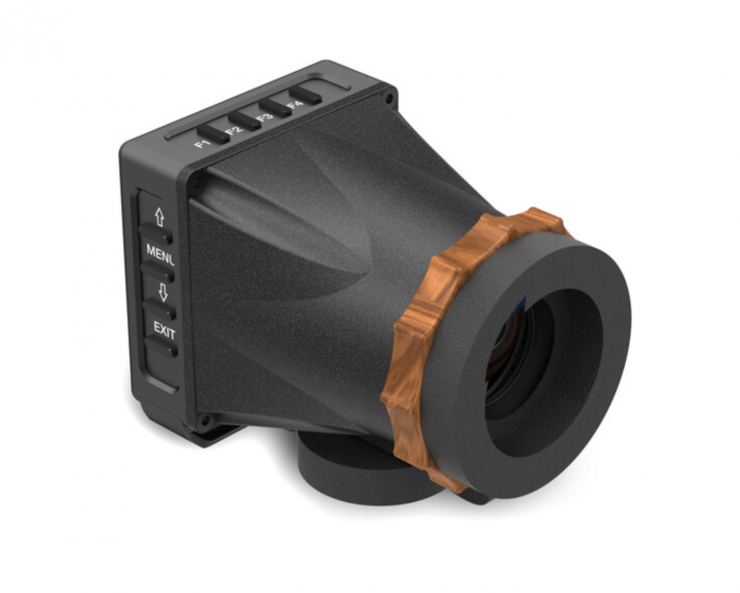
Recently we have seen Portkeys come out with a range of more affordable EVFs and these are arguably your best option if you are in the market for a third-part EVF, but can’t afford a Zacuto.
Two EVFs made by camera manufacturers that can be used on other cameras are the Z CAM 2.89″ EVF101 Electronic Viewfinder and the Blackmagic Design URSA Viewfinder. Now, you need to be aware that technically both viewfinders can be used on other cameras, but neither solution is ideal. The Z CAM option is not a bad one, but you do need to be able to power it via a 2-pin LEMO power input. Again this makes using it problematic with some cameras.
The Blackmagic URSA Viewfinder does have an SDI input so you can technically send a feed and use it, however, it requires a 4-pin 12V power input, and good luck mounting it on any other camera other than an URSA.
Proprietary EVFs
There is a reason that most of the good EFVs are proprietary. This is mainly due to the fact that they only utilize one cable that sends power, the video signal, and all the necessary camera information without tying up any of the camera’s outputs. They are also purposely designed for a particular camera so you don’t have to frankenrig up anything to use one.
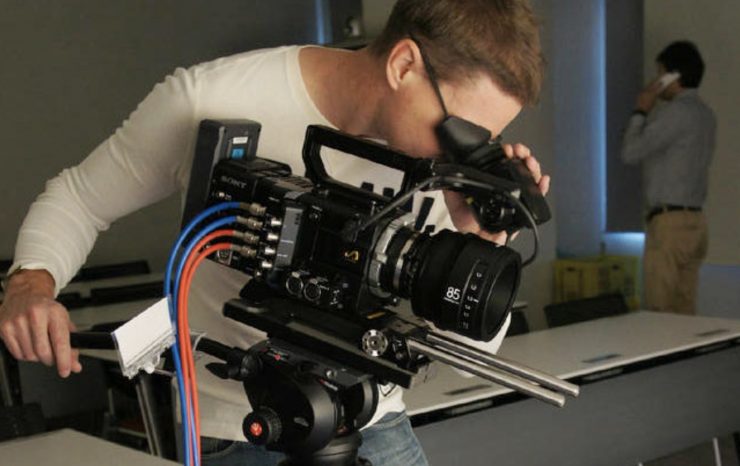
When I owned a Sony F55 I used the DVF-EL100 .7″ OLED Viewfinder. this was a great viewfinder, but it was expensive. I saying that for me personally, it was worth every cent.
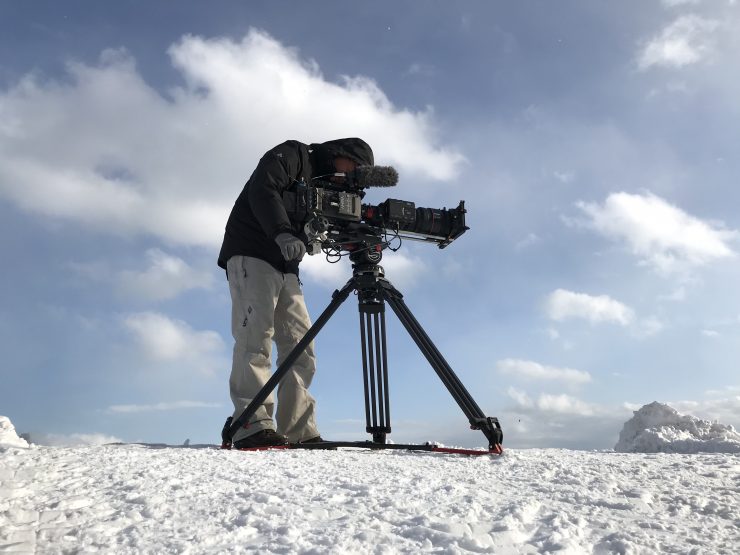
When I bought an ARRI Amira that camera came with a very good EVF. This is what I almost always use with the Amira unless I am indoors doing long interviews and then I hook up a monitor.
I have used proprietary EVFs with the Panasonic Varicam LT and the Kinefinity MAVO LF. Both of these options were also excellent choices for both respective cameras.
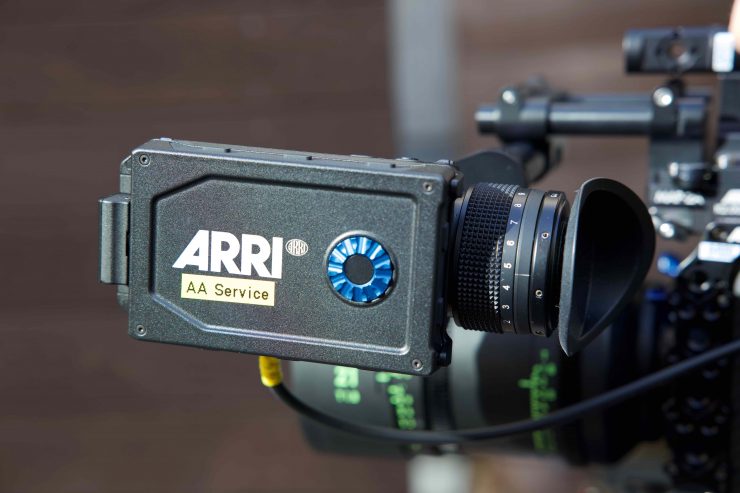
The new ARRI ALEXA Electronic Viewfinder EVF-2 is the best EVF I have ever used, but it is expensive and it only currently works with the ALEXA Mini LF. If I could buy it for my Amira I would do so in a heartbeat. To me personally, a good EVF is worth its weight in gold.
Yes, proprietary EVFs are expensive, but they are absolutely essential as far as I am concerned.
Do you need an EVF?

That totally depends on you. While an EVF may be a requirement for one person, another person may have no need for one at all. What your requirements are will depend on how you like to operate, what type of work you are doing, and what camera you are using.
You may not like using an EVF and there is absolutely nothing wrong with that. There is no wrong or right solution when it comes to equipment because if that equipment works for you then it is the right choice.
If you just work indoors under controlled conditions then I can see why people may not want or need to use an EVF, but from my experience, if you are outdoors you really do need an EVF with most cameras. I often come across a lot of vision that was shot handheld where someone was just using a camera’s in-built small LCD screen where a lot of the material is out of focus. If you are using fast lenses and shooting at higher resolutions then good luck trying to nail focus from a small LCD screen outdoors.
What does the future hold?
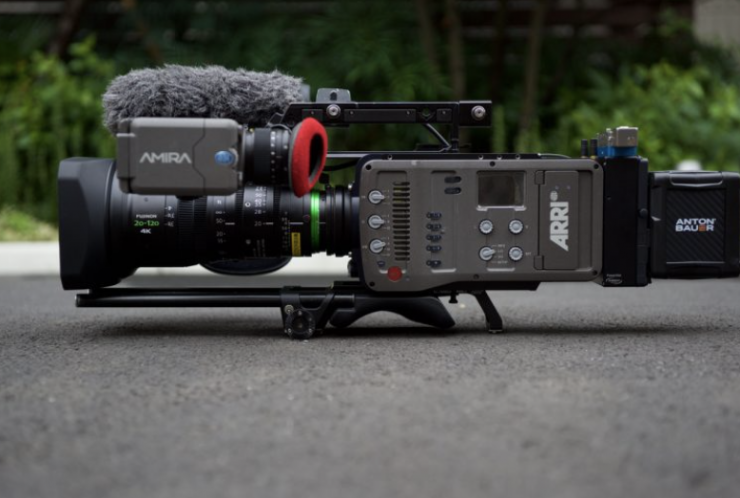
Looking into a crystal ball it is hard to see anything changing when it comes to EVFs. We will still see proprietary EVFs for more expensive cameras, but it is unlikely that smaller-sized digital cinema cameras will come with anything more than an LCD screen. When it comes to mirrorless hybrids, there really isn’t that much more you can do other than to include a built-in EVF. Their small size makes it problematic to add anything else and if you were to use an EVF with a camera like that you almost have to go down that Frankenrig path. While there is nothing wrong with doing that, in my personal opinion, it defeats the purpose of buying a small camera in the first place.
I definitely believe there is a market for an affordable, good quality EVF that works well with smaller-sized cameras, but the question is, who will make one? Making an EVF that is suitable for use with a wide variety of cameras is not an easy task.
I would love to hear our readers thoughts on EVFs in general. Do you use one? Why don’t you use one? What would you like to see manufacturers come up with as a solution? Let us know in the comments section below.

